THE ANTWERP SHOE RENAISSANCE
9/21/2025
Author: Wonne Scrayen
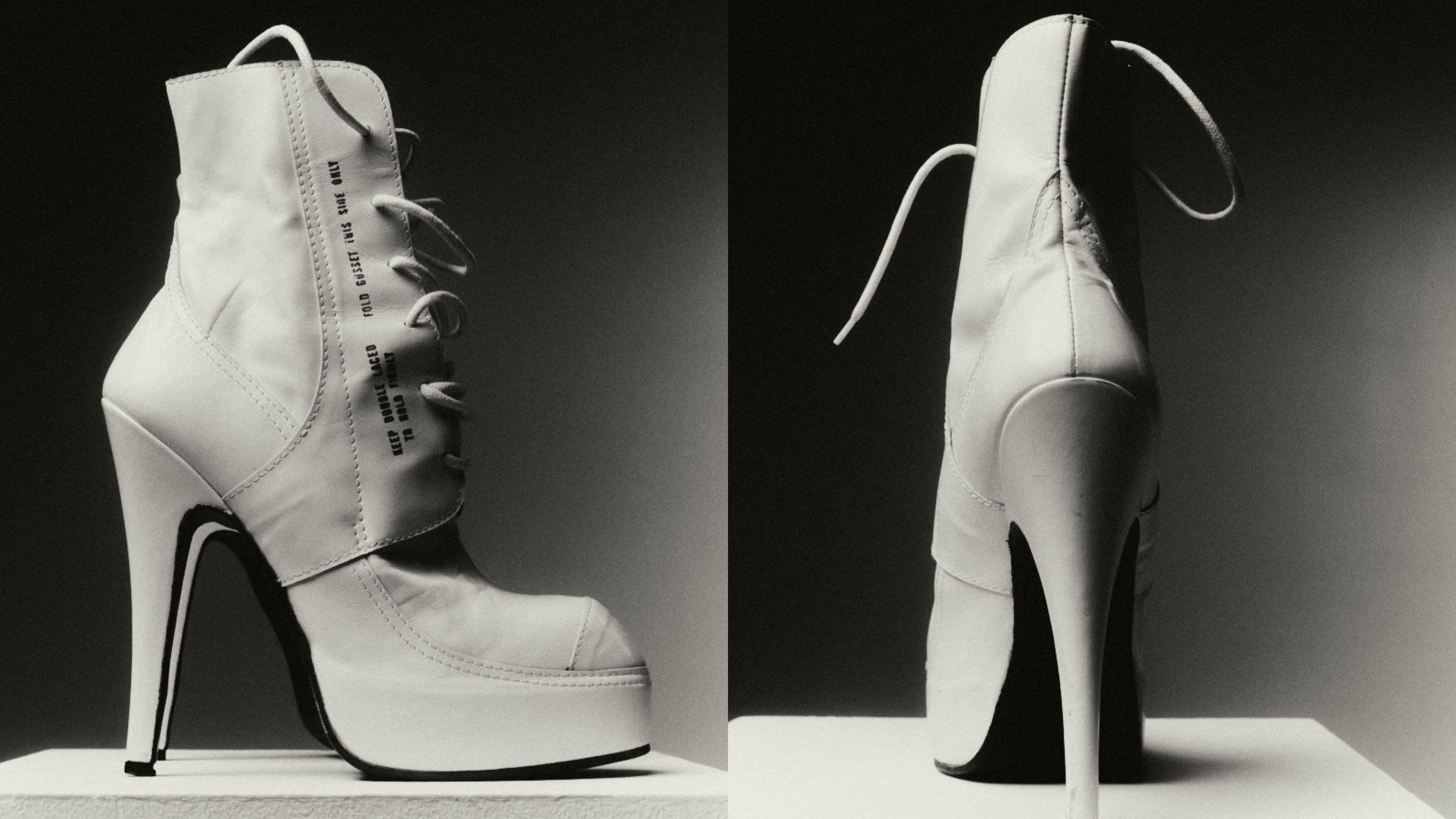
Whereas Margiela’s Tabis never disappeared from the stage and only gained traction as time went by—with or without the Martin prefix—the light on some other once infamous Antwerp-rooted shoe designs dimmed over time. Faith had it, however, that 2025 would mean the resurrection of two of them. Design duo An Vandevorst and Filip Arickx of A.F.VANDEVORST return to the fashion scene with what, for now, is said to be a one-off comeback of the iconic X010 boots. Parallel in time, Bikkembergs announced a re-edition of the soccer sneaker in collaboration with Russian fashion designer and photographer Gosha Rubchinskiy. A momentum in time that lends itself to a deep dive into some iconic shoe designs that emerged from the creative soil of Antwerp.
Antwerp soil
Antwerp soul
Antwerp sole
FASHION’S FOOTBALL EMBRACE
“Gosha Rubchinskiy and Bikkembergs worked together to reintroduce the iconic ‘Soccer’ sneaker.” One simple sentence, by which the word was sent out into the fashion world. Important here is to notice the clear absence of Bikkembergs’ first name, as the collaboration is not to be mistaken for one between artist Gosha Rubchinskiy and Dirk Bikkembergs himself. The hand of the designer—who decided to leave the world of fashion behind in 2011—is only present as a phantom. The soccer re-edition is undeniably imbued with his spirit, a DNA bulging with sport references, more specifically, football. The oeuvre of ‘Antwerp Six’ member Dirk Bikkembergs is to be broken down into two design periods. While earlier collections still referenced sportswear, work apparel, and military elements, the second half of his oeuvre focused fully on the world of athleticism. Intrigued by the world of sports, the turn of the millennium paved the way for a new chapter in the designer’s career. From then on, he was fully committed to merging the diametrically opposed worlds of fashion and football. Over this period, Bikkembergs’ male ideal grew rougher and more muscular, the idea being that those who wore his designs would naturally act more confident. It is no coincidence that the brand’s motto back in the day read: “Mens sana in corpore sano” (A sound mind in a healthy body). Completely at odds with the androgynous trend in menswear at the time, his designs were linked to a different type of physique: the strong, healthy, and virile modern man. The designer even used a specific mannequin to shape his silhouettes, deviating from the male ideal as then interpreted by fashion.
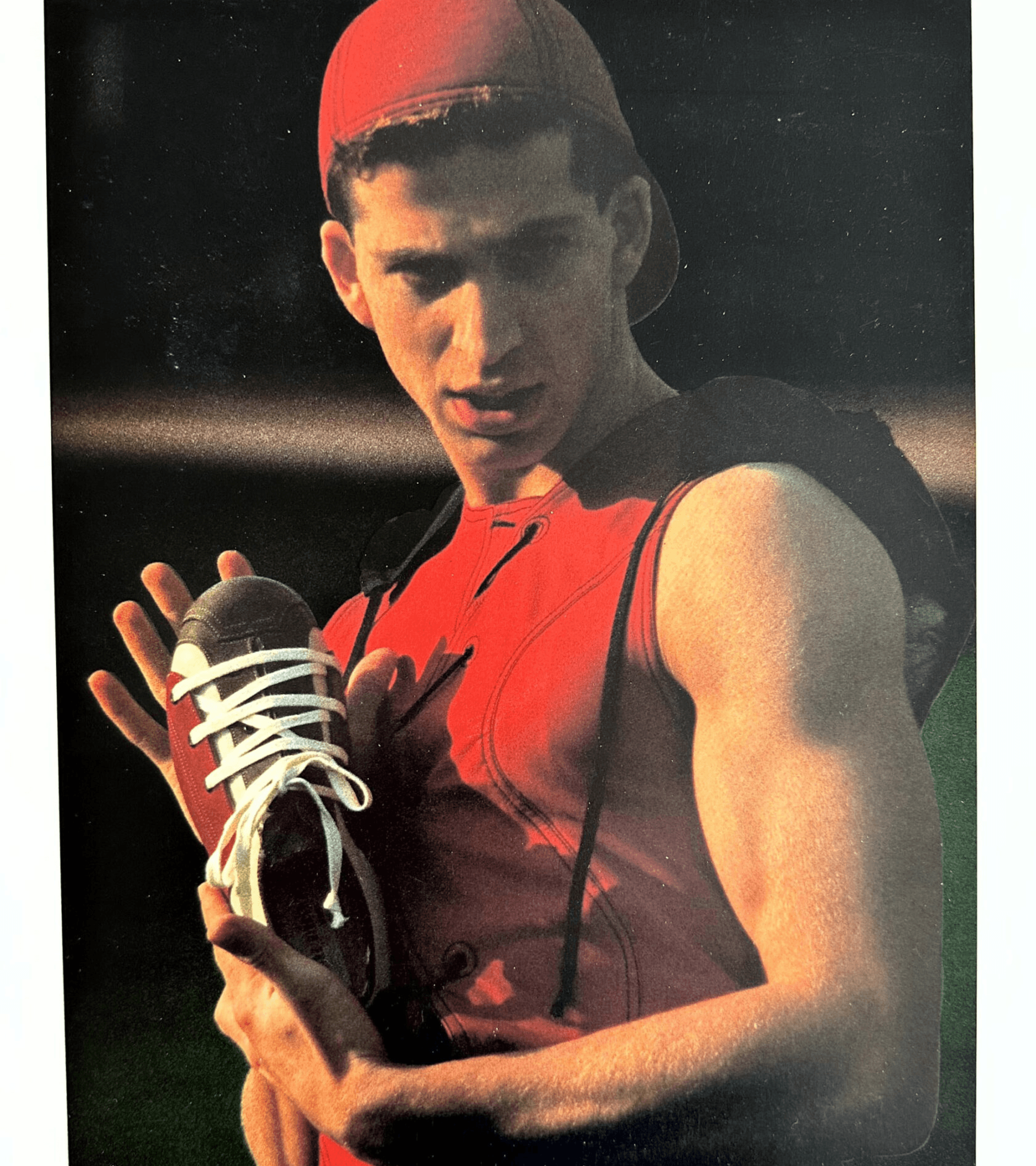
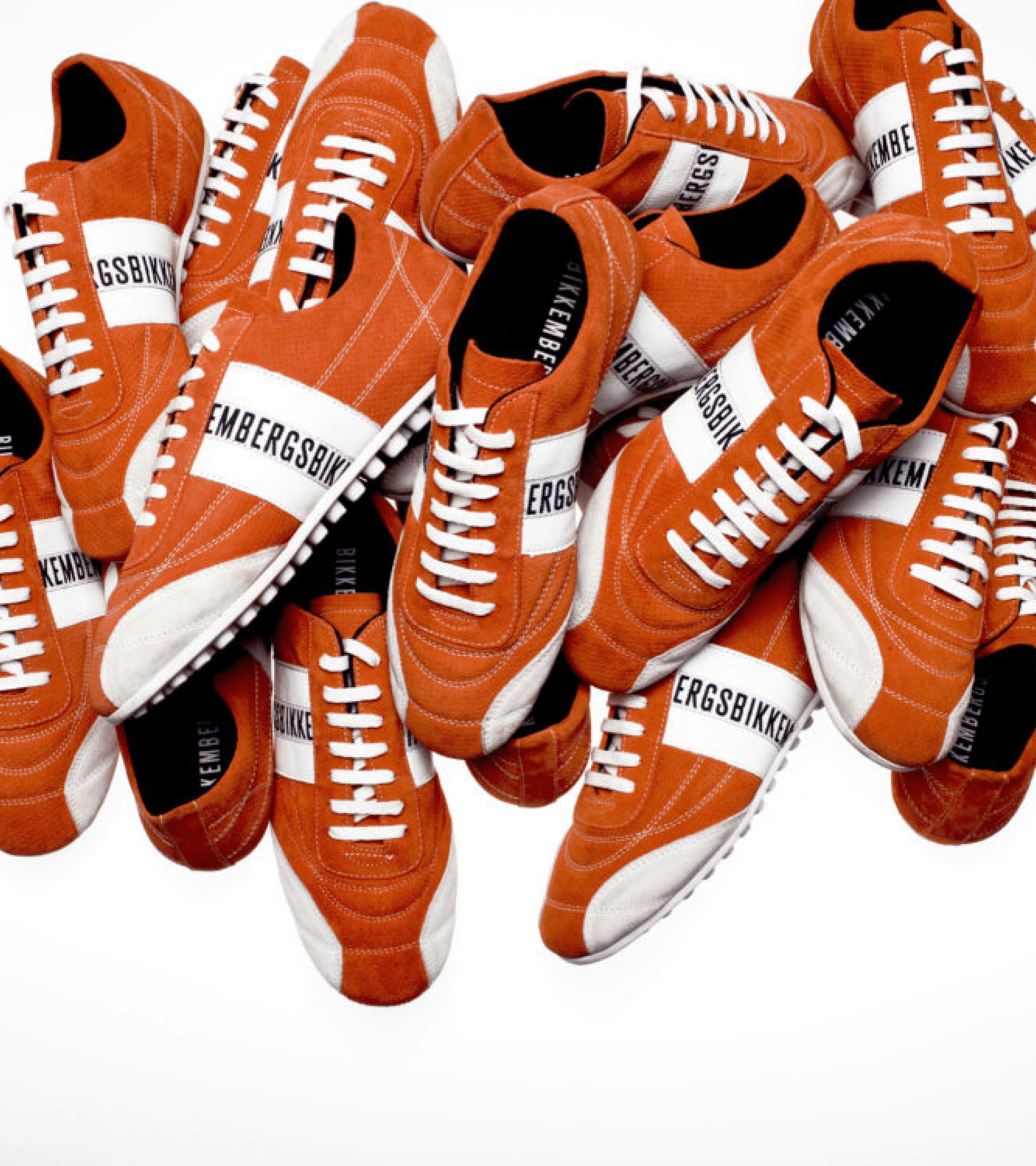
Over time, the origin stories of designers tend to get fragmented. Dries Van Noten’s designs for children, for example, are not generally part of the designer’s main narrative; similarly, few people know that Dirk Bikkembergs launched his label in 1986 with a shoe collection, a year after winning the second Golden Spindle Contest in which he participated. His first complete menswear collection presented in Paris would follow only in 1989. Counting Geert Bruloot’s Antwerp-based shop Coccodrillo among his first retailers, shoe design was inherently part of the brand’s DNA. They epitomize Bikkembergs’ launch point. And in line with his outspoken liking for athletics, his shoe designs, too, showed heavy sports influences. Whereas the first men’s shoes were still inspired by ceremonial military footwear, the vast majority of models to come soon leaned into the category of activewear. Already for SS1987, nods were made to the sports theme, captured in that season’s lookbook by in-house photographer Luc Willame.
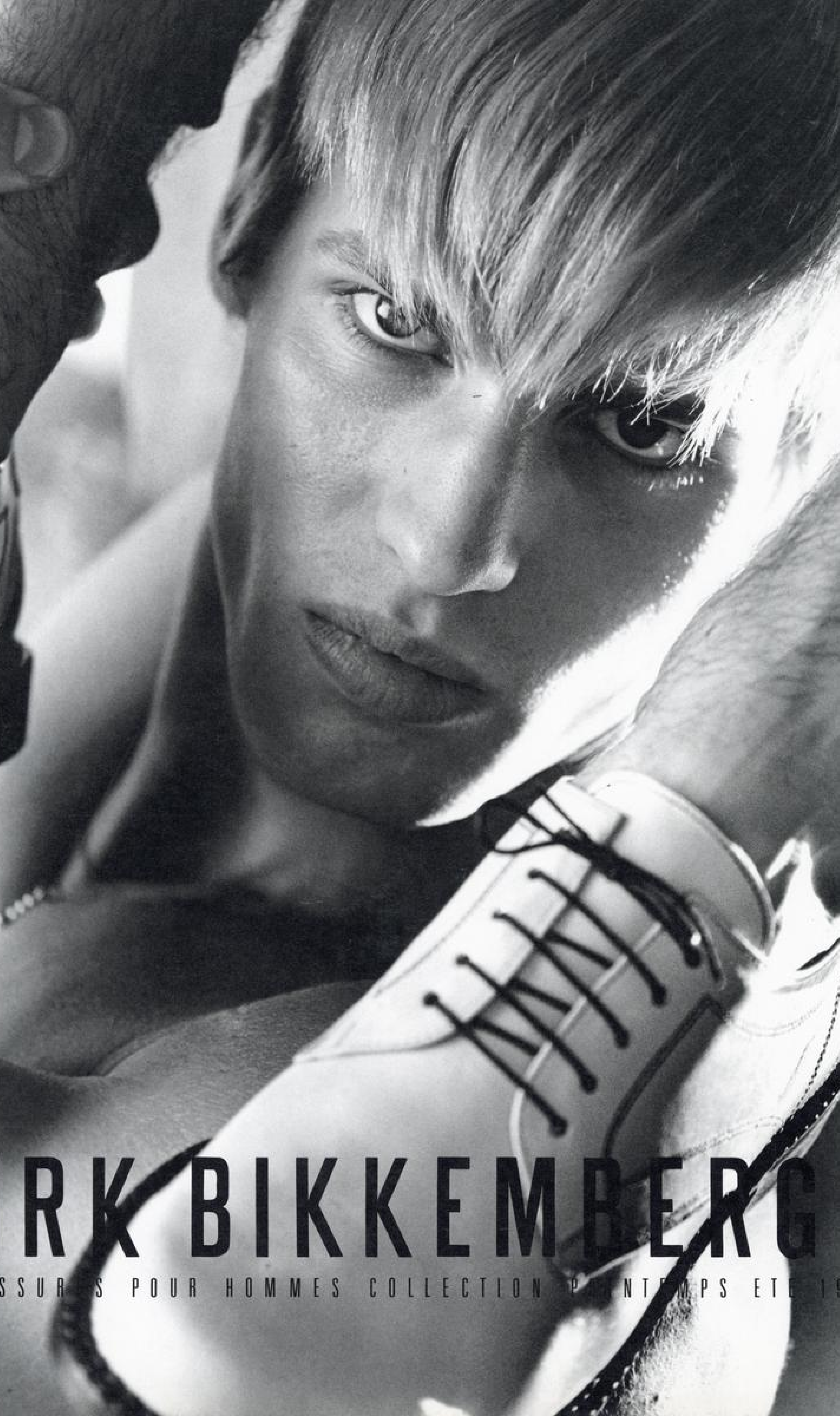
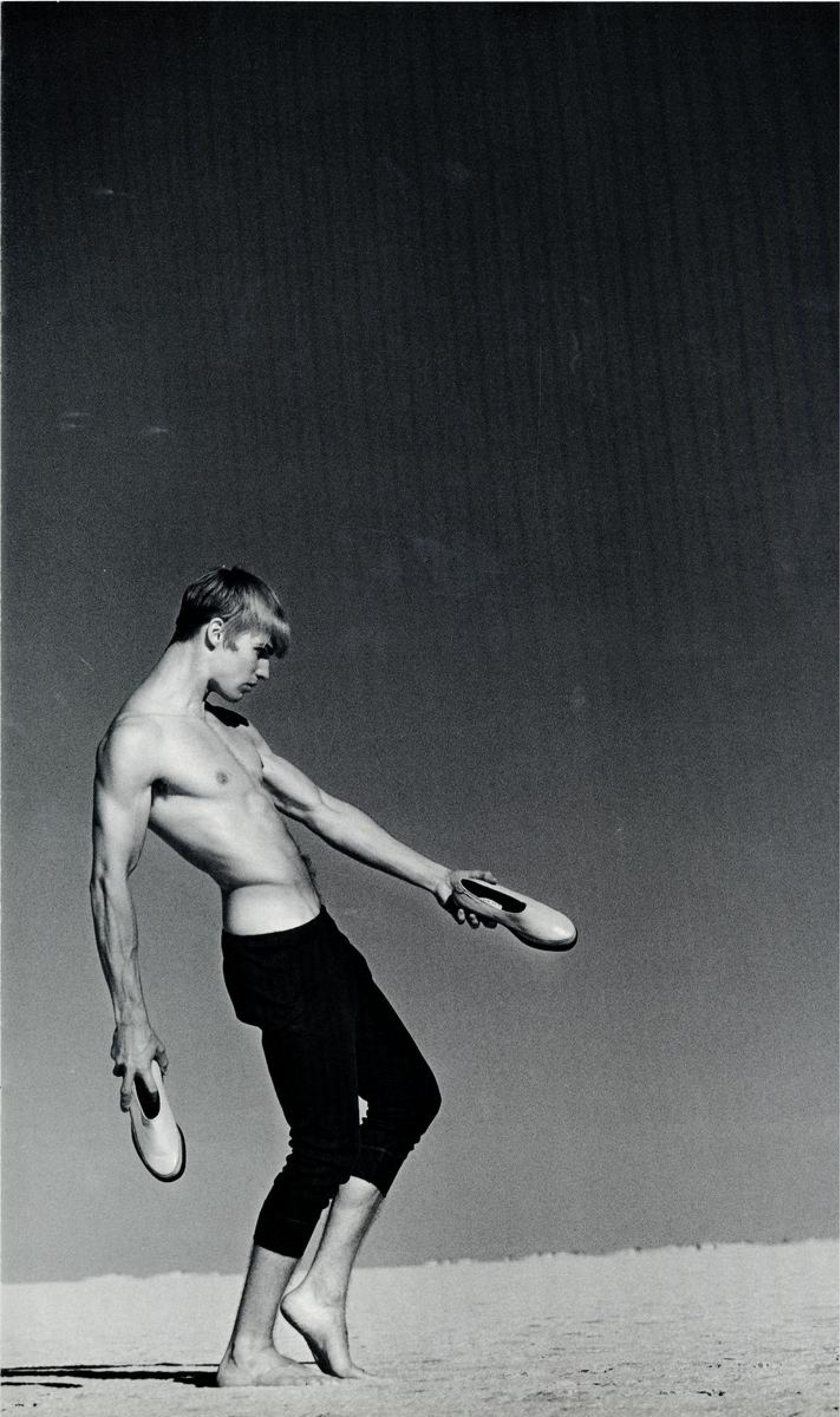

A shoe design so mainstream that it infiltrates households all over the world, with both children and adults enrolling in the pastime that is football. Pragmatic and worn for a specific purpose. That is, outside of fashion. In fashion, the soccer sneaker is one of those archetypes that slowly but surely earned its rightful spot as a fashion statement. Blending fashion and sportswear has become so ubiquitous that it is hard to imagine the novelty of it back in the 90s. Dirk Bikkembergs was one such pioneer who dared to leap, and successfully so, as it would become one of the brand’s most legendary styles, a standout in the then-fashion scene, which was not yet as familiar with the concept of streetwear culture. With his ‘soccer’ sneaker, Bikkembergs heralded a cultural symbol telling of fashion’s budding affair with the world of sports. Pragmatism turned symbolism. And this showed in every aspect. A soft launch didn’t come into play; the first day of Pitti Uomo in Florence, as the chosen backdrop to reintroduce a core design to the brand’s heritage, did. Gosha Rubchinskiy’s avant-garde aesthetic on the one hand and Bikkembergs’ athletic heritage on the other. A conjoined venture to mark a new chapter in the Bikkembergs history. A bold new chapter, the word used to describe the sneaker’s present-day reinterpretation. Two worlds meeting in the middle: football slightly more refined and luxury a touch less polished. Compromising codes on both sides in favour of cutting-edge innovation; that seemed to be the brief. Rooted in legacy yet unmistakably contemporary. Disruptive, although not to the extent of its 90s prototype.
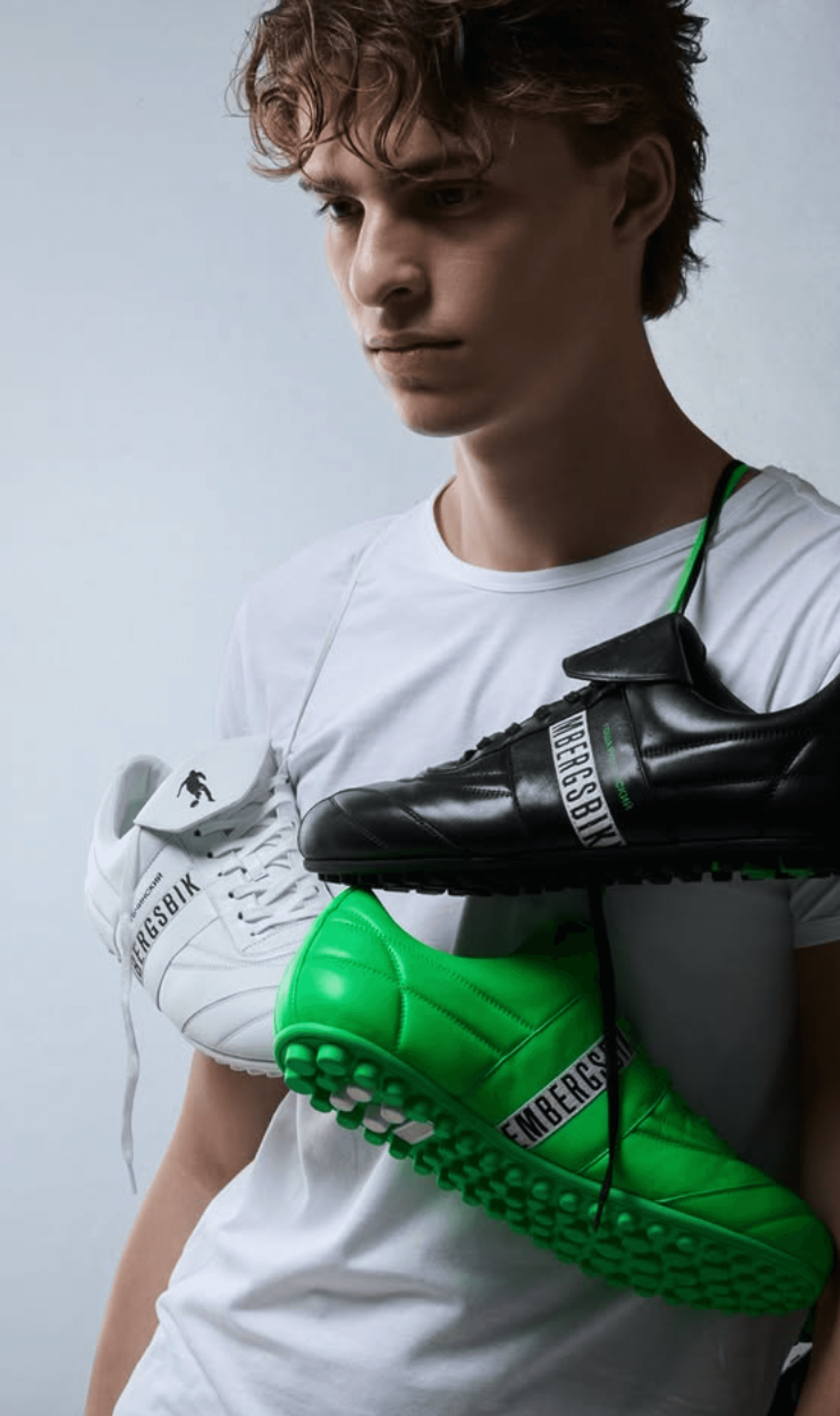
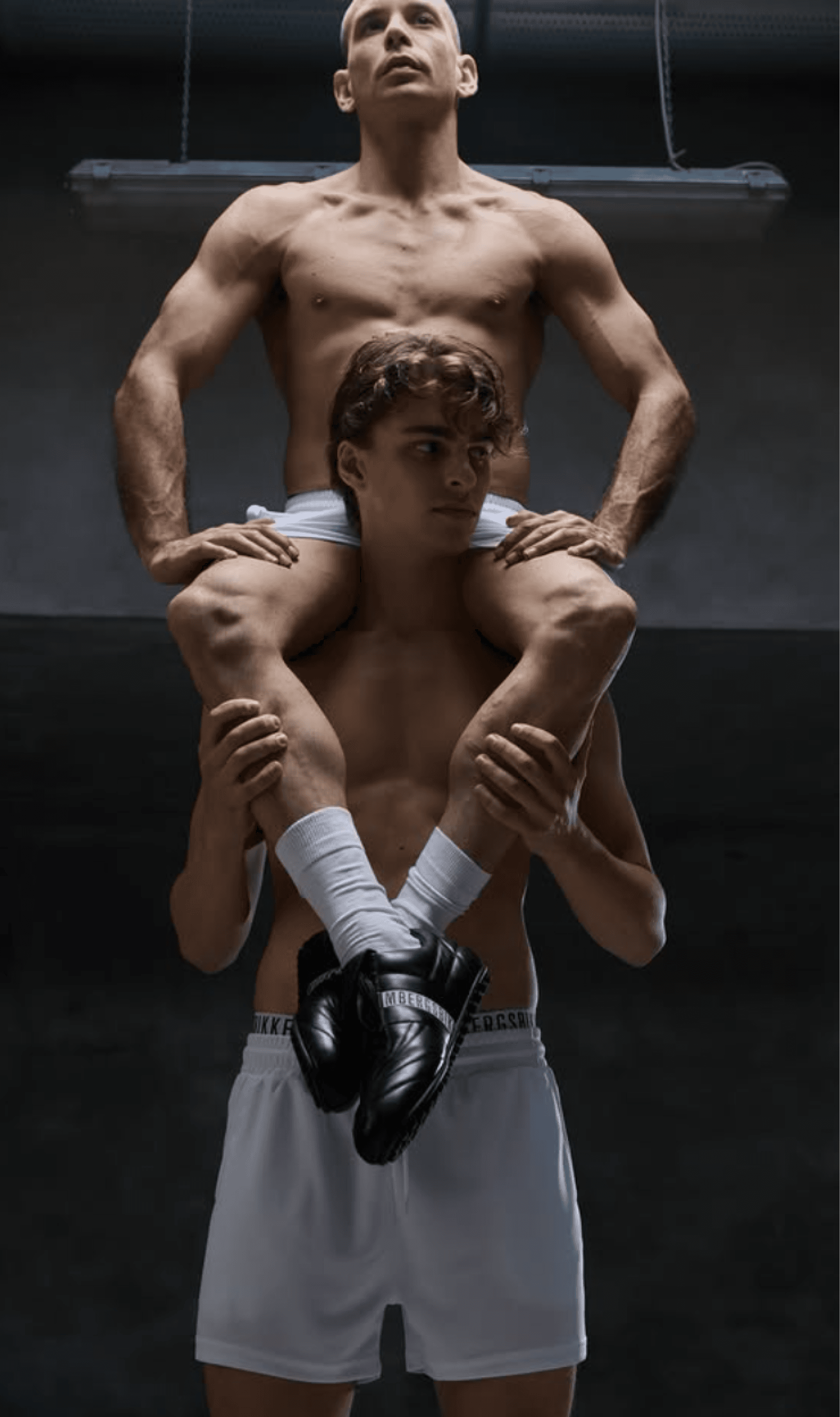
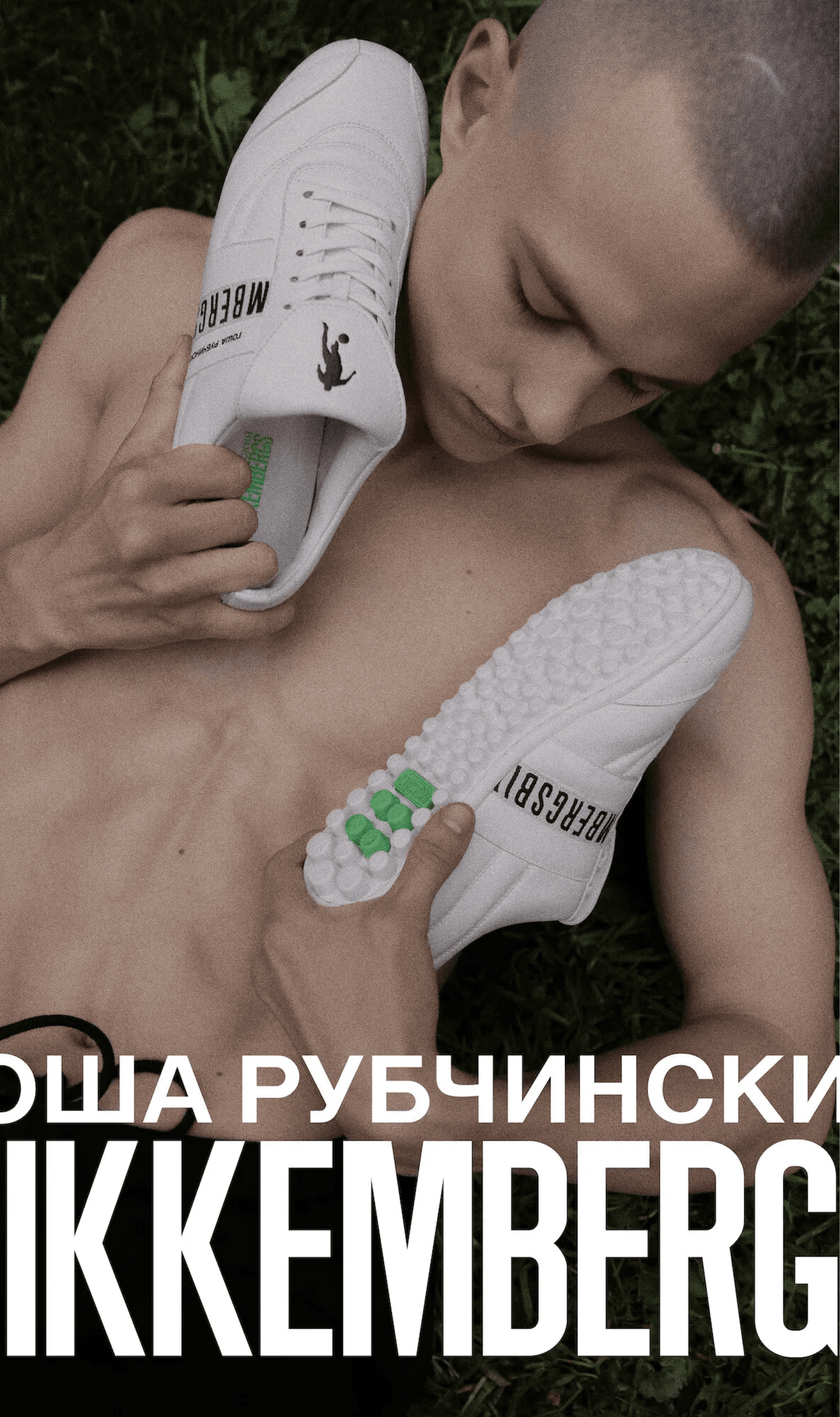
MOMENTUM OF A QUARTER CENTURY
In contrast to the absence of any physical intervention of Dirk Bikkembergs’ persona, An Vandevorst and Filip Arickx are indeed the instigators behind the X010 boots relaunch. However, when asked, they would caveat this, as they describe it more as succumbing to the many requests over the past four years since ceasing their label. From the moment A.F.VANDEVORST no longer was, up until the day before the word of the relaunch was officially out, they were queried about the possibility of the boots’ rerun. From retailers to curated vintage shops, the commissions were endless. When fortunate enough to find a second-hand pair, you’d have to make up your mind there and then, for it would be only a matter of minutes before the next person would take them off of you. However, there was never a plan in stall to bring them back. It wasn’t until Filip—whose initials make up the first part of the label’s name, the A stands indeed for Arickx and not An as many assume—was going through the archives that it dawned on him 2025 would mark 25 years since the boots first launched. This was the momentum they hadn’t been waiting for, but which coincidentally presented itself: 25 years, a quarter of a century. And so, it felt like now or never if they wanted to commemorate the iconic X010 design.
As with Dirk Bikkembergs, shoes were part of the A.F.VANDEVORST starter pack. Not shoes exclusively, however. Clothes, too, were part of the universe the design duo had in mind, even down to lingerie. But no matter how unequivocal the label’s garments, ultimately, it would be the boots that turned out to be the stellar design. The boots spoke to people, hitting a soft spot that neither party—designer nor future wearer—was yet fully aware of. Few shoe designs stand the test of time as well as these boots do. Their iconic yet timeless appeal is of a rare kind within fashion. Nothing that outspoken, but ever so intriguing and appealing to people of all ages. It is a no-nonsense boot at heart: no zipper, no buttons, no non-necessities; just a perfect fit moulded from the finest Italian leather. A practically seamless fit for the foot, unconsciously aiding the wearer’s posture.

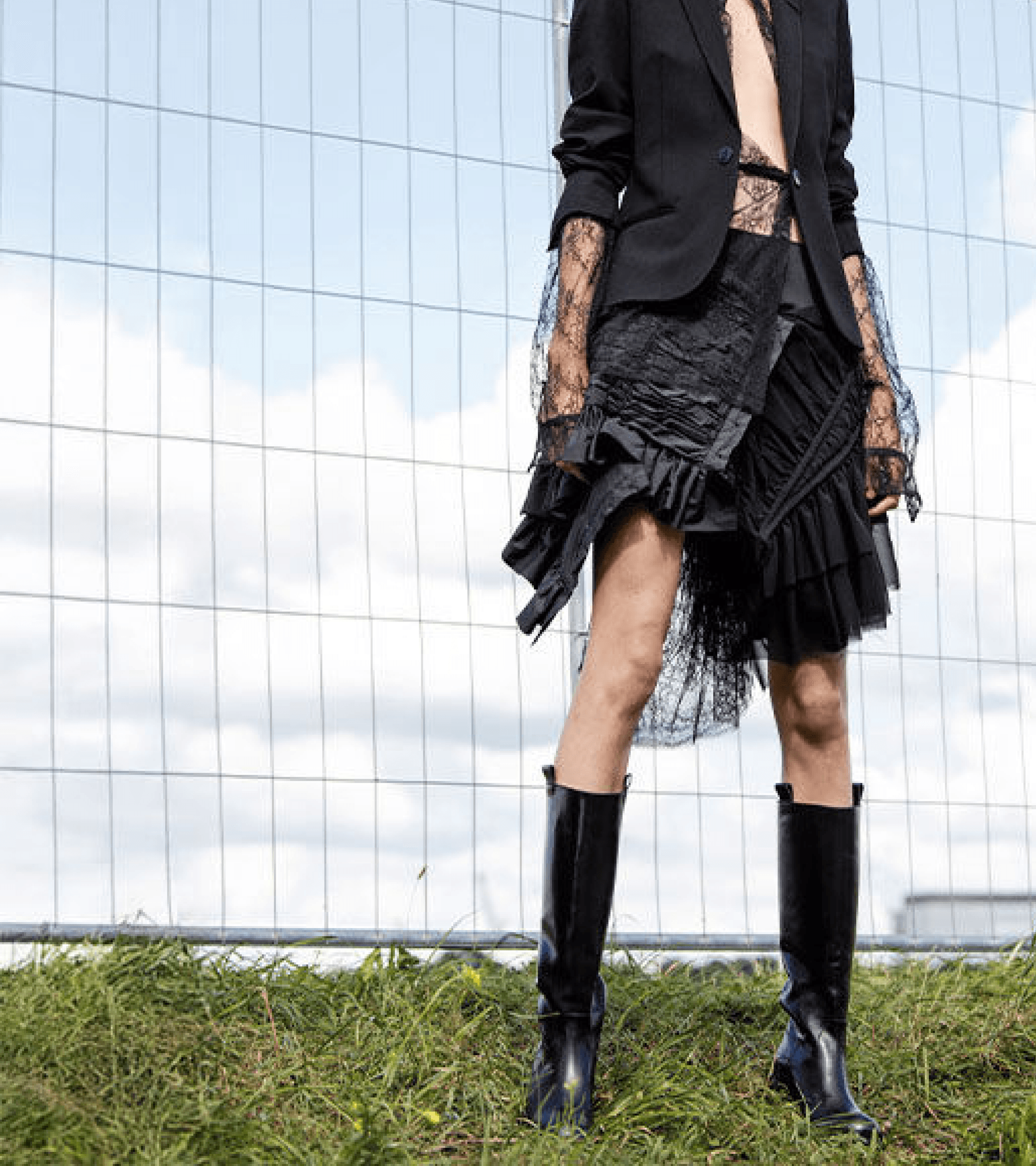
With the same fervor as for that initial 2000 winter collection, An and Filip approached the boots this time around. Matching even the circumstances as closely as possible. The X010 boots of today are made in the same small factory in rural Italy using the same shoe last as was used for every other pair once made. Every single boot, from beginning to end, is the result of pure métier as it is hard to come by these days: minute cutting, stitching, and assembling, all done by hand. Skills passed down from generation to generation, a sense of small-scale-ness which An and Filip laud and often feel is missing in fashion. This Italian family-run business is more family than it is business to them, especially for An, who has known them since her time at Dries Van Noten, when she initially met them and first-hand witnessed their incredible skills.
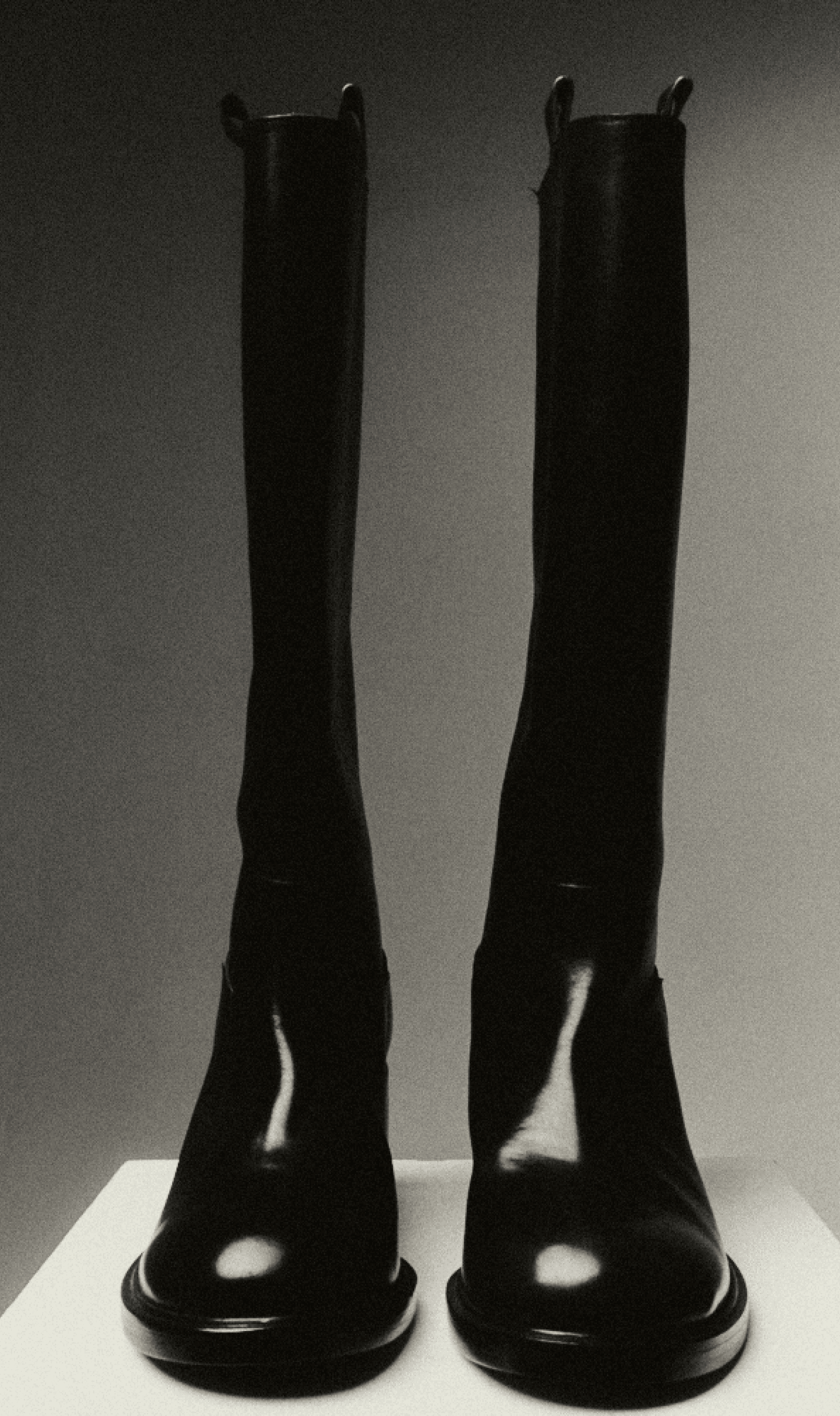

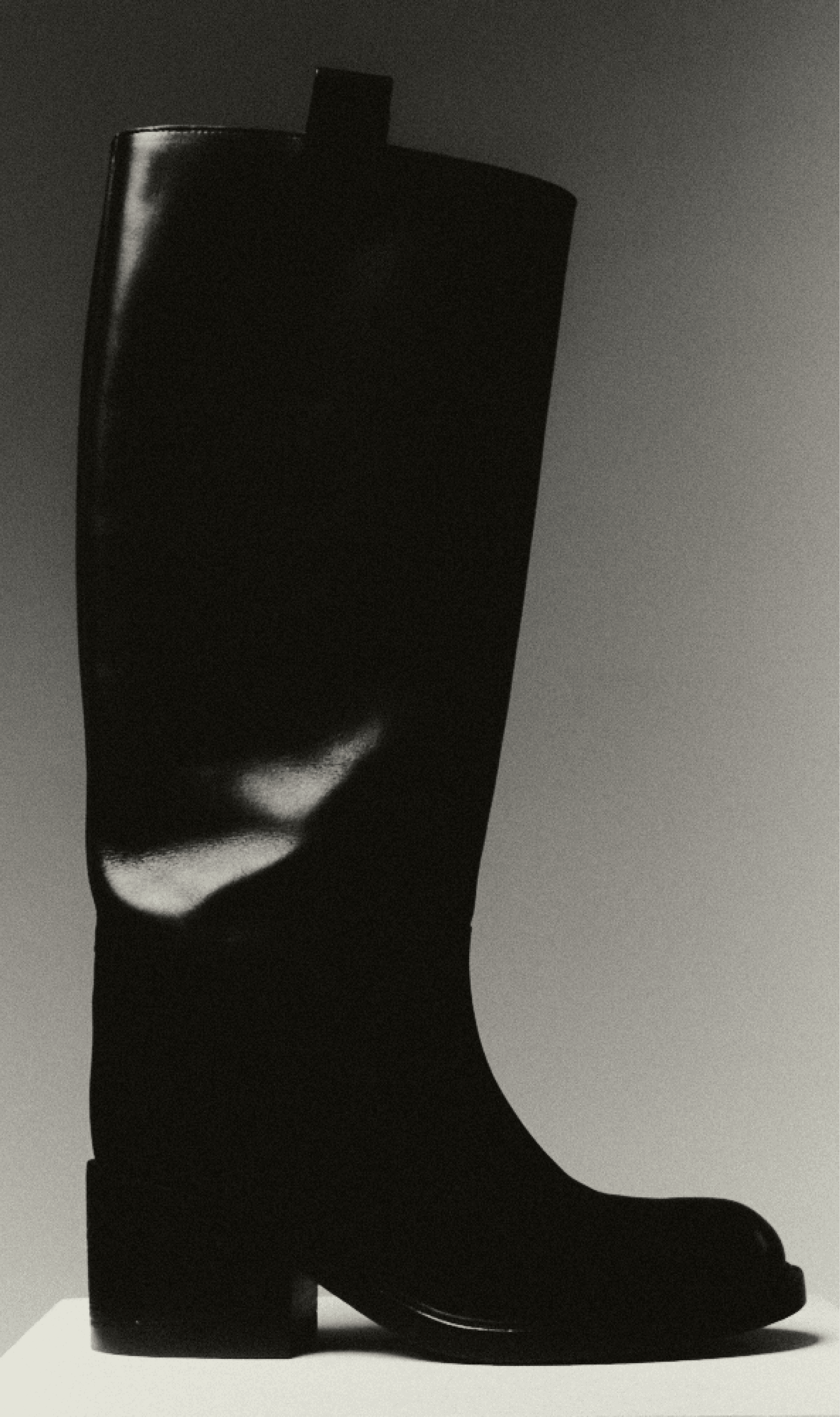
Clearly, there is an unmistakable craftsmanship attached to Antwerp shoe design. What exactly it is composed of, however, is hard to pinpoint, seeing that the designs from Bikkembergs and A.F.VANDEVORST are radically opposite. But what both do have in common, and which is known to be the case for most Antwerp—and by extension, Belgian—designers, is their extraordinary skill at worldbuilding. It’s every designer’s ultimate aspiration to create a universe of their own. Getting there without it feeling forced, however, is not so straightforward. But it seems to be something that aligns with the Belgian mentality. The claim of a Belgian aesthetic is nothing but a mere myth. It has more to do with this certain attitude and frame of mind. Ultimately, that is what connects the divergent pool of Belgium-based / founded designers, their stubbornness to conform to prewritten rules. And this continues to result not only in magnificent and outstanding garment design, but equally matched shoe design.